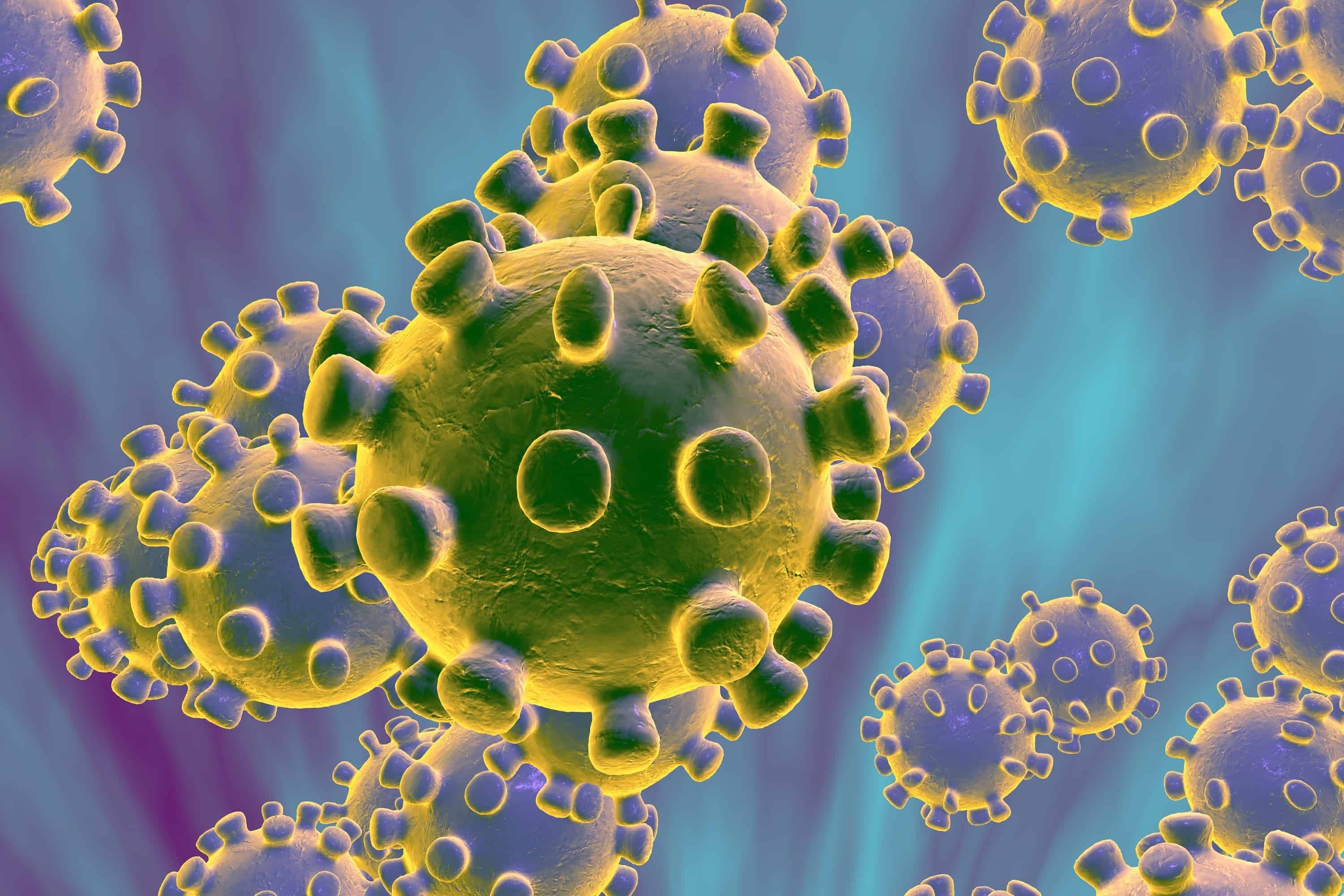April 06, 2020

The Question: The current outbreak of the novel coronavirus COVID-19 has stretched resources to the limit in many countries. RT-PCR (real-time) has been deployed but is not scalable due to the lack of testing equipment and consumables. Furthermore, a targeted public health response requires extensive testing data on a scale that is prohibitively resource-intensive in many low- and middle-income countries. Without accurate identification of COVID-19 clusters, it may be difficult for countries to contain localized outbreaks.
Researchers at Texas A&M University, CDDEP, and Princeton assessed the feasibility of pooled RT-PCR testing to vastly increase testing for COVID-19.
What We Found: “Testing samples from multiple patients with a single PCR test, also known as pooled sampling, has been used previously in the early stages of the HIV epidemic when PCR costs were high. Here, we found that the use of a pooled testing strategy could reduce the time, cost, and resources required whilst identifying infected people in a population and estimating the infection rate. This would allow us to identify community clusters for targeted public health interventions,” says Ramanan Laxminarayan, study author and CDDEP Director and Senior Fellow.
The researchers used mathematical analysis to explore efficient pooling strategies using this technique. For a population containing 256 sampled individuals, where the maximum number of samples in a single pool is 64 (as pooling more samples may be beyond practical testing limits), with only 7.3 tests on the average, it could be possible to distinguish between prevalences of 1% and 5%, with a 95% probability of detection.
Why It Matters: “This means that rather than testing all 256 individuals in the population, which would be highly costly, with an average of 7.3 tests, a 5% prevalence of COVID-19 can be detected using this method,” said Krishna Narayanan, professor at Texas A&M University.
The study titled, “Pooling RT-PCR or NGS samples has the potential to cost-effectively generate estimates of COVID-19 prevalence in resource-limited environments” by Krishna R Narayanan, Isabel Frost, Anoosheh Heidarzadeh, Katie K Tseng, Sayantan Banerjee, Jacob John, Ramanan Laxminarayan is online at MedRxiv.











